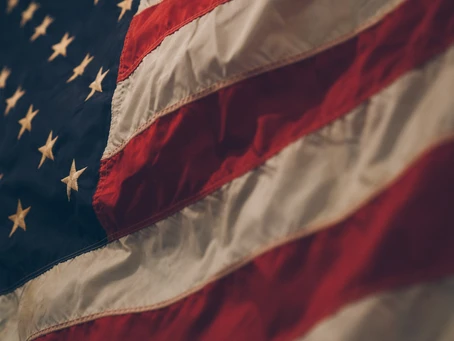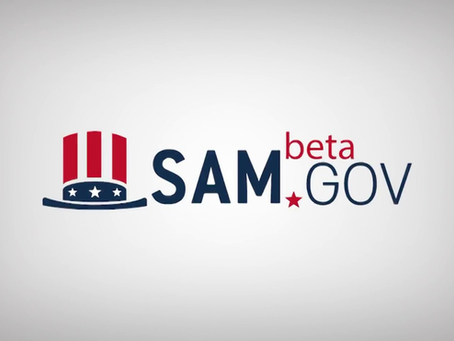
Yesterday President Biden signed an Executive Order directing agencies to increase domestic production of products made in America. This is a double-edge sword so let’s dig in a little.
Products and manufacturing are typically thin-margin businesses with cost savings available through many techniques and industry standards. Laws come into play that complicate the picture as well. For this discussion, let’s agree to leave politics at the door and focus on the business of contracting. Also, as a disclaimer, this conversation gets very sticky, very fast. Be extremely careful as fines and repercussions are severe.
According to jdsupra.com, the concept from a legal standpoint of Made in America started around 1933. Put yourself in that time. Pre-World War II with a geopolitical environment beginning to get dicey. The Jones Act, which was actually part of a bigger law (Merchant Marine Act of 1920), effecting logistics involved to get foreign products into US markets. Later the Trade Agreements Act of 1979 defined a list of countries that would be considered compliant for manufacturing standards. Think child labor laws, working conditions and the like. Real money is involved here.
One of the largest, most ubiquitous contract vehicles in government contracting is the GSA Schedule. Think of GSA Advantage like Amazon.com for government. There are restrictions though. We start getting into “non-manufacturing rule” and “substantial transformation” determinations. Letters of Supply and Country of Origin certifications put company’s on guard as well.
For those of us who nerd-out on stuff like this, bedtime reading is FAR Subpart 25.4 and 19 U.S.C 2512. For GSA holders, those clauses would be 52.225-5, 52.212-3(g)(4), 52.335-6, SCP-FSS-003 and SCP-FSS-004.
Here’s why it matters. If you sell any products to any government customer, be on the look out for updates in policy. If your product was granted a waiver or close to the threshold before, here is your warning/head’s up. This executive order does not define numbers. It directs each agency to update and increase dollar thresholds and domestic manufacturing thresholds above previous levels. Those revised levels will follow in days to come. Another development here is waivers will be available on public websites. I assume previous waivers were available in some form or fashion, if nothing else through Freedom of Information Act requests, but now they will be more accessible.
This is also not a shock. Production has been a political point of interest for both parties for some time. Congressional Inquires on the topic go back with recent 2016 and 2017 questions forcing GSA to conduct investigations.
The take away for companies with high or total domestic production are at an advantage because of this. Contracting Officers remain the decision authority to a great extend but the field is closing. Understand and be proactive. I would not recommend making significant investment in offshore manufacturing facilities if your intended market in public sector.
Another interesting nuance to this action may be in evaluation criteria for contract awards. Typically, contracts have defined standards for selection. Lowest Price, Technically Acceptable is what we all think of for getting the cheapest item that does the job. The other manner of select is Best Value. Those parameters can be more subjective and up to the Contracting Officers discretion. With the final provision in the Executive Order the President direct:
Striking here is this may give Best Value selections the ability to select based on percentage of country of origin. Note also, the last line, “and to consider service industries in additional to manufacturing”. This is not just a conversation about production.
So, will we see selection criteria of Technical, Past Performance, Price and Country of Origin? To early to tell but keep your eyes open!






